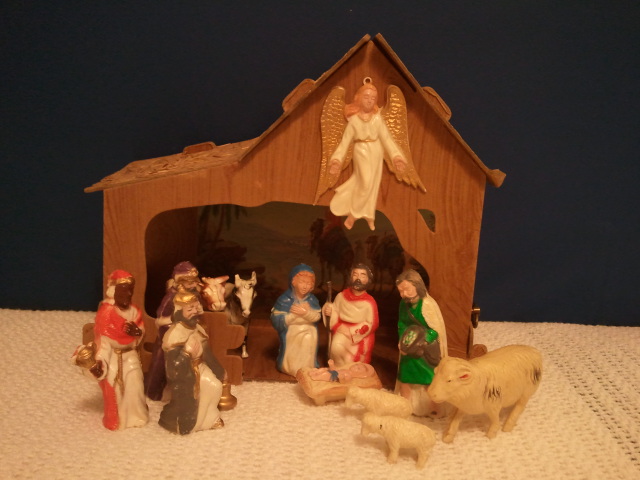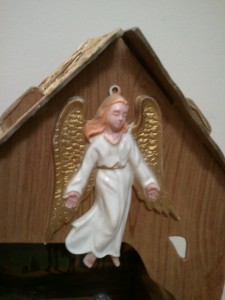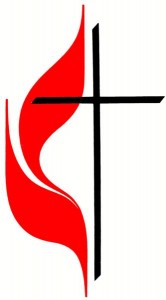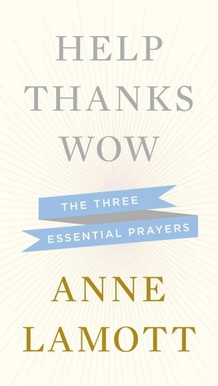On a recent visit to my parents’ home I pulled out the manger scene I played with as a child. That was what we called it then–not a Nativity or a Creche. It was a manger scene, complete with Mary and Joseph, Baby Jesus, a plastic donkey and a cow, sheep and their shepherd, three wise men with gifts, and an angel. The cardboard stable had (increasingly less) straw glued onto the roof, and there was a windup music box built in that played “Silent Night.” Over the years, I wound that music box many times, learning about springs and gears as the tune played slower and slower before finally winding down to a stop.
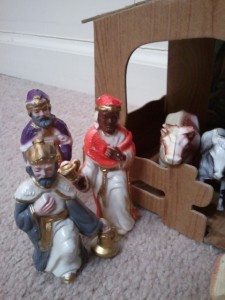
Ours was not a fancy nativity, but it was an important part of our Christmas preparation every year. We were not Nativity Purists at my house. We didn’t wait until Epiphany to place the wise men in the scene, and we ignored the historical accuracy issue by letting the wise men and the shepherd worship the Christ Child at the same time. Sort of a “more-the-merrier” approach I suppose, with the entire cast on stage at once.
It was important, I think, that the figures were plastic, because no one was ever afraid to let me play with this religious object. I could assemble the stable, arrange the characters in the Christmas story, wind the music box and let it play. I don’t remember ever making believe that the figures talked; it was a silent tableau except for the music.
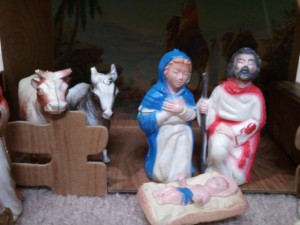
Still, there are important considerations when you are a child arranging a manger scene. Mary and Joseph should be positioned where they can protect the baby. Everyone wants to be able to see Jesus, so the taller figures go in the back, and the shorter ones up front. The shepherds and wise men need to stand at a close, but respectful distance from the Holy Child–though sometimes a curious young lamb will come right up and peer into the manger. The cow and the donkey should stand together like old friends in the stable. And there must be an angel–preferably somewhere up high–to give the proper sense of mystery and holiness to the scene.
As I stretched out on the floor, the lesson I took from the plastic manger was that this was a Bible story for me. Jesus’ birth was the first Bible story I could inhabit in my imagination; experience with my hands, eyes, and ears. I could be eye-to-eye with these Bible people. Think about their relationships and express them in space. Come to know them in a way. Wait for their arrival every year.
During Advent I’ll be posting pictures of Nativities collected by friends and family over the years. If you have a creche or a story you’d like to share, let me know via email or in the comments section. Let’s get out the boxes, unwrap the tissue paper, and set up our manger scenes. It’s time for us to enter in.

